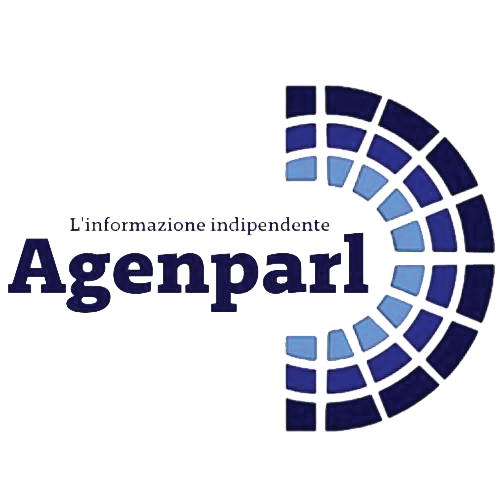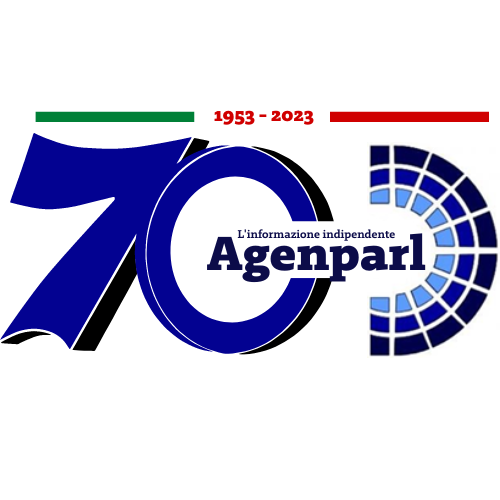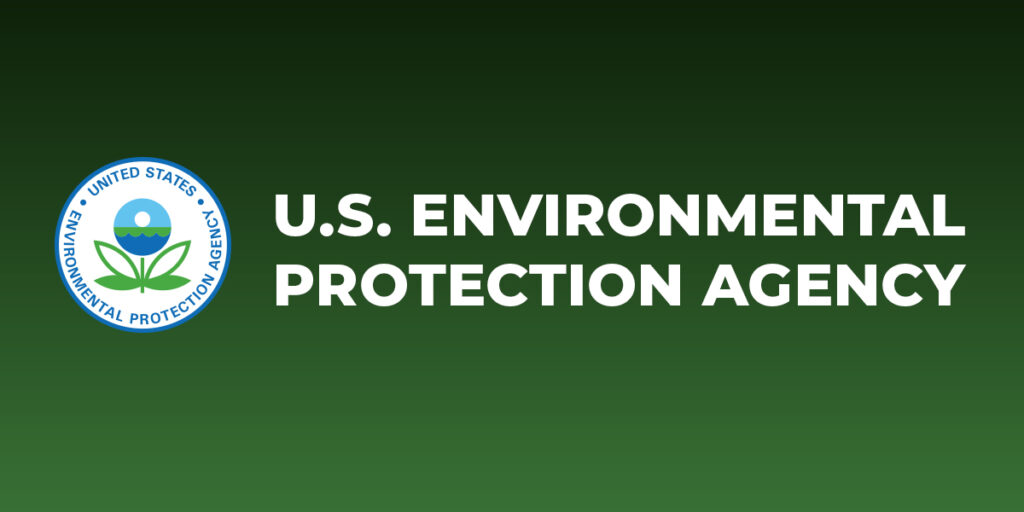 (AGENPARL) - Roma, 14 Marzo 2024
(AGENPARL) - Roma, 14 Marzo 2024(AGENPARL) – gio 14 marzo 2024 Issued: Mar 14, 2024 (9:00am EDT)
If you wish to unsubscribe please do so
here: http://url6130.epa.mediaroom.com/ls/click?upn=u001.iqz6hAvLdUl-2FaSixKUG3iyFJBsxNAroAZOQ1BID8fKIiLAUfJX2sQlhu1tzKAOIu-2BU84uzAzSpWvmWyHnsNJDRYXWx5dlMz75Zp9ch-2BQlG6mQHPYjReZhS13hvd5qOopIwE2_-2B0Ok6Af7hyz7Kqg6CR74pYblAA1WjrUjKSJUAiv3NOub0DC4O7JPWGxIlQ7kBB-2FSgASuIgMk-2B2uqkl1Z5MCPpWZ-2BgE-2FkFGn5GRHaqwcKYt4QHZGwW-2BhPz2ZOqDtXHA-2FAFB2k3SuY8g9nW-2B-2BzwpiCL3sLcnDjZfhbG-2Fml1iNlSLi8Zp2rWgIibjwr5F-2FwmM0Gprq5482qQdO6TrTDpBkzwKyrb98dwD2L0HjcktbNgJhhZ9t2kYrzxtcecVB7ORh1S9-2Feu6BHnY3Q8amwm2hbEQ-3D-3D
EPA announces final rule to slash toxic emissions of ethylene oxide and reduce
cancer risk
WASHINGTON – Today, March 14, the U.S. Environmental Protection Agency
announced a rule that will reduce lifetime cancer risks for people living near
commercial sterilization facilities across the country. The final amendments
to the air toxics standards for ethylene oxide commercial sterilization
facilities put in place the strongest measures in U.S. history to reduce
emissions of EtO, one of the most potent cancer-causing chemicals. Through the
installation of proven and achievable air pollution controls, commercial
sterilizers will reduce emissions by more than 90%.
This final rule advances President Biden’s commitment to ending cancer as we
know it as part of the Cancer Moonshot, while also advancing the Biden-Harris
Administration’s commitment to environmental justice by protecting
communities that are most exposed to toxic chemicals. EtO can be particularly
harmful to children and communities that are already overburdened by
pollution.
In finalizing this rule, EPA considered the latest data and science, while
taking into account the importance of a safe and reliable supply of medical
sterilization devices for patients and hospitals. EPA worked closely with
partners across the Biden-Harris Administration, including at the Department
of Health and Human Services, to develop a final rule that centers on public
health. This final rule provides sufficient time and flexibility for
facilities to come into compliance, simultaneously affording strong public
health protection for nearby communities while minimizing any potential
impacts to the medical device supply chain.
“This final rule to sharply cut toxic emissions of ethylene oxide responds
to the ambition set forth by President Biden’s Cancer Moonshot,” said EPA
Administrator Michael S. Regan. “We have followed the science and listened
to communities to fulfill our responsibility to safeguard public health from
this pollution – including the health of children, who are particularly
vulnerable to carcinogens early in life. We’ve arrived at a historically
strong rule that will protect the most exposed communities from toxic air
pollution while also ensuring that there will be a process that safeguards our
nation’s critical supply of sterilized medical equipment.”
“For years, I have called for environmental justice, urging protections for
workers and fenceline communities from the dangers of EtO pollution,” said
Xavier Becerra, United States Secretary of Health and Human Services. “We
will continue to work together with EPA to achieve our shared goals of
lowering EtO exposure while also mitigating potential risks of medical device
shortages.”
In developing the final rule, EPA conducted extensive outreach to communities
and stakeholders to ensure meaningful and extensive participation during the
public comment period. EPA conducted public hearings, national webinars, and
public meetings hosted by regional EPA offices. The considerable feedback
received from the three days of public hearings, as well as the more than
40,000 comments submitted to the rulemaking docket, both informed the final
rule and demonstrated the strong need to issue these vital health protections.
Based on this input, EPA improved the risk assessment and strengthened the
standards to ensure risk reductions for surrounding communities.
“I commend the EPA for finalizing regulations in a way that will reduce EtO
emissions by more than 90% at facilities across the country,” said U.S. Rep.
Brad Schneider (IL-10). “I appreciate that the EPA followed the science to
keep Americans safe while also ensuring safe, reliable supply chains for
hospitals, physicians and patients. I have long fought for sensible
regulations to address EtO air emissions and assist impacted communities.
Today’s regulations will rightly require continuous air monitoring to assure
communities that the air they breathe is safe, as well as provide an on-ramp
for facilities to comply so that we do not have to choose between safe air and
a stable supply of medical products. I will continue to be an outspoken
advocate for air monitoring in communities where sterilization facilities are
present, and I will always fight to prevent harmful toxins from entering our
air.”
The final rule will address emissions at nearly 90 commercial sterilization
facilities that are owned and operated by approximately 50 companies. Based on
extensive input and review, EPA is finalizing the following amendments to the
National Emission Standards for Hazardous Air Pollutants that:
Establish standards for currently unregulated emissions, such as building
leaks (“room air emissions”) and chamber exhaust vents, to reduce cancer
risk and account for technological developments in pollution control.
Strengthen standards that are on the books for sources such as sterilization
chamber vents and aeration room vents.
Require continuous emissions monitoring and quarterly reporting for most
commercial sterilizers that will provide communities, states, Tribes, and
local governments, and EPA with data to ensure EtO emissions are not entering
the outdoor air.
Ensure that sterilizers are subject to emission standards during periods of
startup, shutdown, and malfunction so there is continuous clean air
protection.
Other clarifying items including electronic reporting and technical
revisions.
The Biden-Harris Administration believes securing our supply of medical
devices is essential. To prevent unintended consequences and ensure orderly
implementation, the Clean Air Act has long provided backstop authority
allowing the President to provide a two-year compliance exemption to assist a
facility with achieving compliance with National Emission Standards for
Hazardous Air Pollutants in carefully delimited special circumstances — if
the technology to implement the standard is not available and it is in the
national security interest to provide additional time to comply. EPA has
confirmed that the President is prepared to exercise this authority, if
necessary to protect the medical supply chain and a commercial sterilizer is
working in good faith to come into compliance with the rule.
This final rule for commercial sterilizers is one of a series of coordinated
actions that EPA is taking to reduce exposure to EtO. Under the Federal
Insecticide, Fungicide, and Rodenticide Act, EPA’s Office of Pesticide
Programs is also working on a comprehensive set of new mitigation measures for
EtO to reduce exposure for workers who use EtO to sterilize products. EPA has
been working to support alignment of today’s Clean Air Act rule with the
action being taken under FIFRA.
EPA is also working to strengthen standards to reduce EtO and other toxic
pollutants from chemical plants. Other actions to address EtO emissions and
advance EtO research include:
Investigating additional sources of EtO (e.g., stand-alone warehouses) and
opportunities for emissions controls.
Enforcing existing regulations as appropriate.
Conducting research to better understand and measure EtO.
For more information, visit EPA’s Final Amendments to Strengthen Air Toxics
Standards for Ethylene Oxide Commercial Sterilizers webpage.
To unsubscribe or change your settings click here:
http://url6130.epa.mediaroom.com/ls/click?upn=u001.iqz6hAvLdUl-2FaSixKUG3iyFJBsxNAroAZOQ1BID8fKKhIILjisBDEktm3-2BIos9X6zSZIcMS2uYS0qMRaIgA8NnT2fO9sLQ1ZWCrAcxPClUZkMCTGytxIM1RRy4FnYr48kBNJqISFFmgE6Y7SaZu1Cg-3D-3DWo-v_-2B0Ok6Af7hyz7Kqg6CR74pYblAA1WjrUjKSJUAiv3NOub0DC4O7JPWGxIlQ7kBB-2FSgASuIgMk-2B2uqkl1Z5MCPpWZ-2BgE-2FkFGn5GRHaqwcKYt4Kq21f2pKPHMBBVtcHbOXFIuO9SfdMLIq3mhQKHcGFXhU0FTGnWY4XovLycmufAxAq7QegKRys8sZ4YTiNJ48QahaJ7f8ca1Q5OYT6vGifOgxFw7DoAZUoy-2BS3mRvXc7YlKRp4yjUH6eNgBtq55U4a09v0dek7XDw8-2BEve6-2F9yIw-3D-3D

